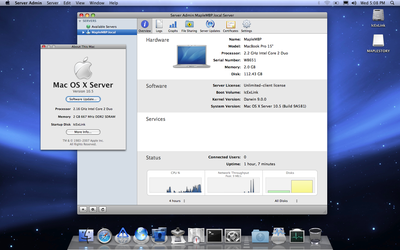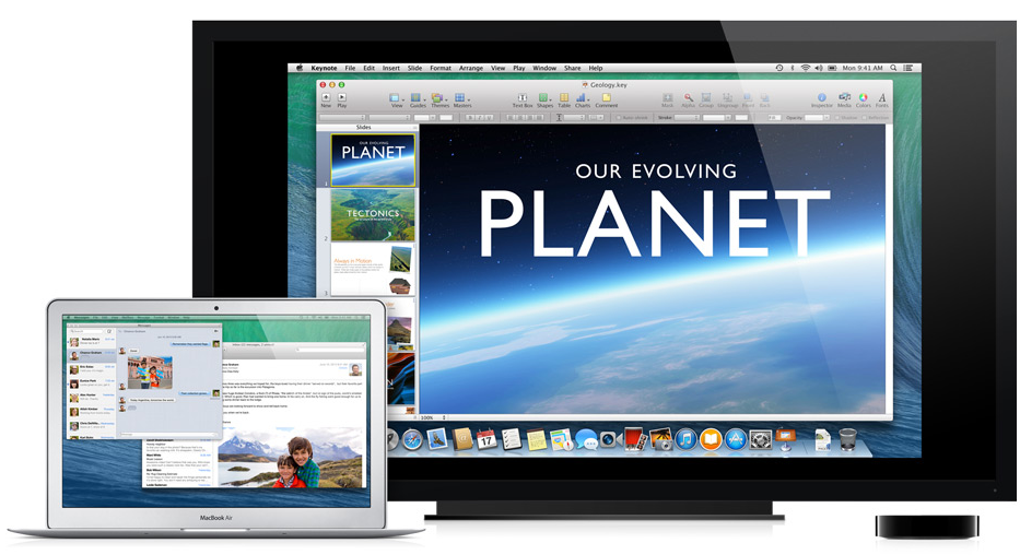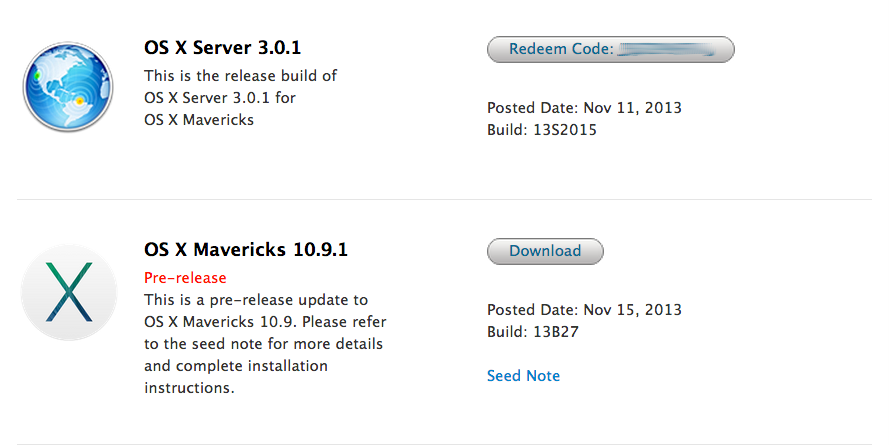
- #MAVERICK 10.9 DMG FOR FREE#
- #MAVERICK 10.9 DMG HOW TO#
- #MAVERICK 10.9 DMG MAC OS X#
- #MAVERICK 10.9 DMG INSTALL#
Further down we'll explain where to get one and what problems you may face down the road.
#MAVERICK 10.9 DMG MAC OS X#
Finally, if you want to run a parallel copy of Mac OS X on a virtual machine, you too will need a working installation file of an older Mac OS X. Also, you may have noticed your Mac's performance went down right after the last update. To begin with, some of your apps may not be working properly (or simply crash) on newer operating systems.

There are many reasons that could point you to this radical decision.

So, you've decided to download an older version of Mac OS X. Within OS X Utilities, choose Reinstall OS X. Prepare a clean external drive (at least 10 GB of storage). The following method allows you to download Mac OS X Lion, Mountain Lion, and Mavericks. The Mac OS Mavericks picked up the trust of the end-clients with the expansion of Siri and Apple pay support in safari.

#MAVERICK 10.9 DMG FOR FREE#
Mac Os X 10.9 Mavericks Dmg Download Freeĭownload Mac OS X Mavericks 10.9 ISO & DMG Image Directly for Free The Mac OS Mavericks beta form had the best similarity results contrasted with all different OS discharged by apple in 2016.Mac Os X 10.9 Mavericks Dmg Download Mac.
#MAVERICK 10.9 DMG INSTALL#
Going back to the mounted Install ESD. Navigate the file structure to System | Installation and delete the alias to the Packages directory ( Figure J) Once the files have finished copying over, the drive should mount automatically. The process may indicate in excess of one hour, but in my experience, the process takes significantly less time to complete ( Figure I). Upon verifying that the fields are correct, click the Restore button and select Erase from the application, if prompted to do so ( Figure H). For Destination, drag and drop the partition created on the USB drive onto the textbox ( Figure G) Drag the BaseSystem.dmg over to the Source text box. Go back to Disk Utility and click on the newly formatted USB Drive in the menu, then click on the Restore tab. dmg file and locate the hidden BaseSystem.dmg ( Figure F) Navigate the file structure Contents | Shared Support and double-click the InstallESD.dmg file mount OS X Install ESD on the desktop ( Figure E). Right-click the file and select Show Package Contents ( Figure D) Upon completion of the USB formatting, locate Install Mac OS X Mavericks.app (downloaded in step #1 to the Applications folder, by default). Launch the Terminal.app by selecting it from the /Applications | Utilities folder and execute the following command ( Figure C)*:ĭefaults write AppleShowAllFiles TRUE \killall Finder \say Files Revealed. Click on the Options button, select the radio button for GUID Partition Table, and click OK ( Figure B). Select Mac OS Extended (Journaled) for the format-type from the drop-down menu ( Figure A). Click the drop-down menu, selecting 1 partition. Click on the USB drive from the left-hand menu and select the Partition tab. Insert the USB drive into the Mac and launch Disk Utility. Using a Mac with at least OS X 10.6.8 installed, access the Mac App Store and download the Mavericks (10.9) app installer. User Account with Administrative privileges. Apple computer with Mac App Store (OS X 10.6.8+). Install OS X Mavericks.app (installer downloaded from Mac App Store). Creating a USB Installer for Apple OS X 10.9īefore proceeding, you'll need the following items to complete the process: 
However, the focus of this article is the change in the process for creating a working, bootable USB drive. The latest iteration of OS X, version 10.9 (aka Mavericks), marks not only 200+ changes in the OS, but also does away with the fabled "big cat" naming scheme.
#MAVERICK 10.9 DMG HOW TO#
In April, I wrote an article on TechRepublic about how to create a bootable USB to install OS X.








 0 kommentar(er)
0 kommentar(er)
